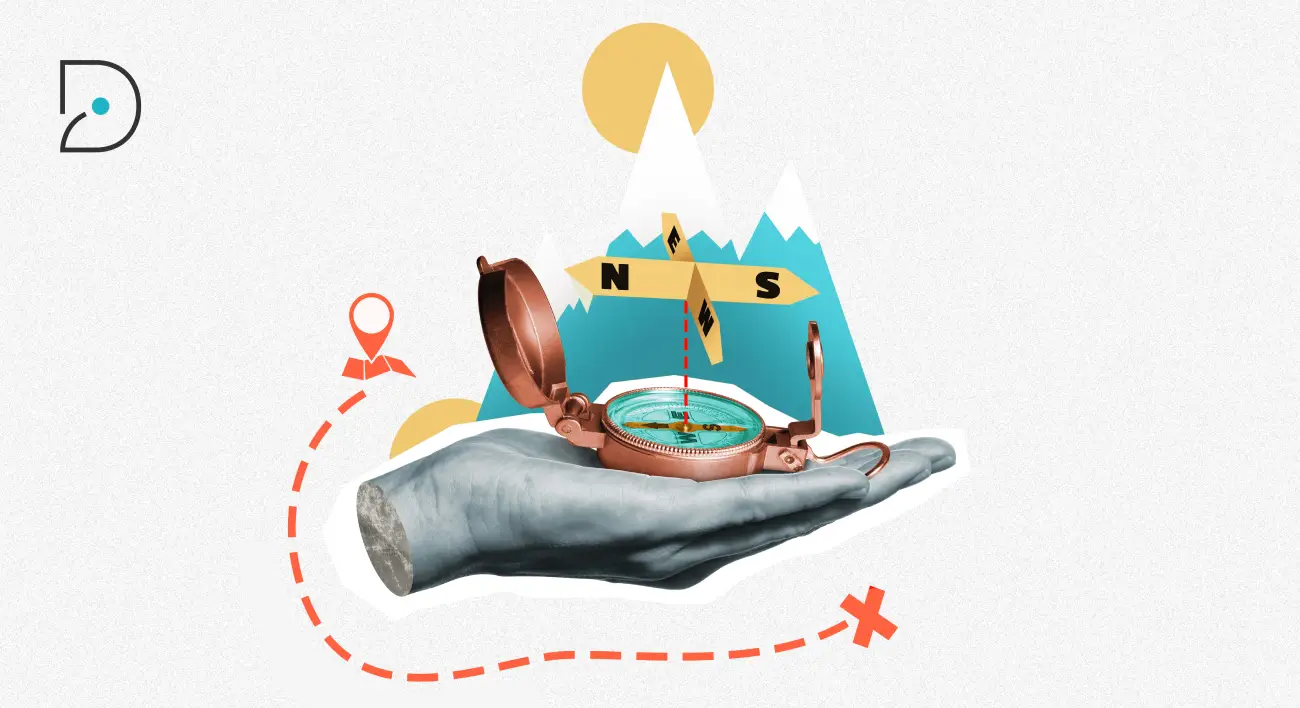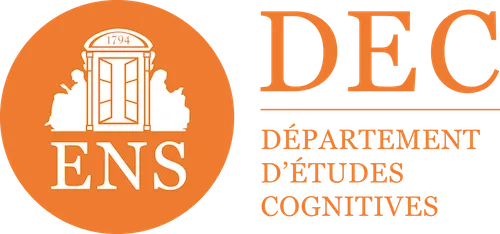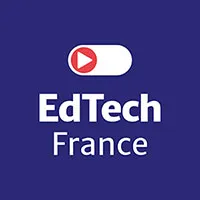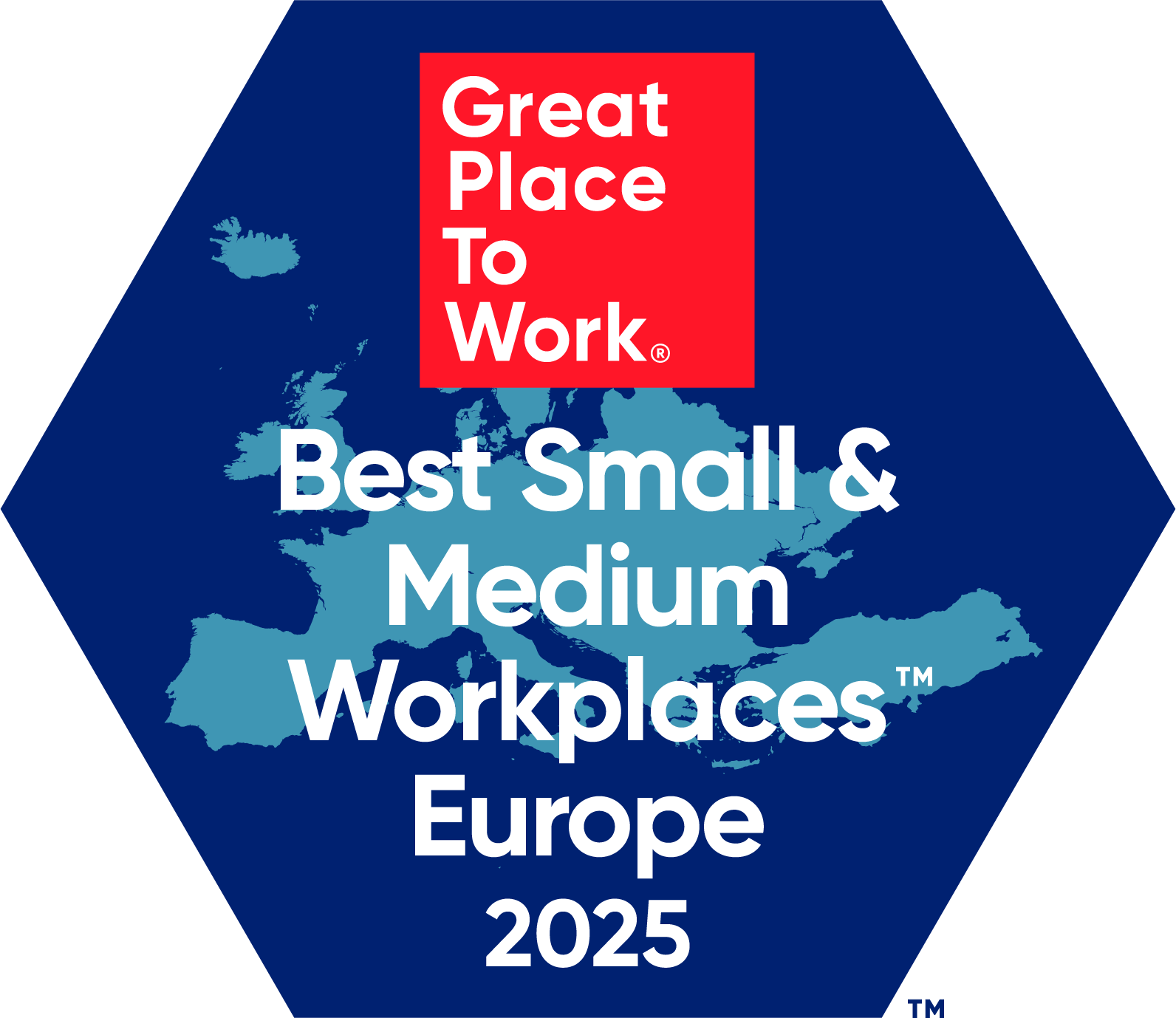

The great history of e-learning platforms
The history of e-learning is above all the history of the democratization of knowledge. From the first correspondence courses to artificial intelligence-based learning technologies, each step has radically transformed the way we develop our skills. The e-learning journey can be divided into three main generations, each marked by unique challenges. In this article, we explore this big story, starting with the digitalization of the 1990s, followed by the simplification of the 2010s, and moving on to the new era of AI and cognitive science.
1st generation — The great digitization
The birth of the LMS and online knowledge management
Leaving aside correspondence courses and other experiences at universities, the first e-learning tools appeared in the 1990s and took off in the 2000s.
The first challenge is that of the digitization of the training process in businesses. It is the emergence of Learning Management System (LMS), a complete platform foradministration and dissemination, often supported by human resources management tools. A canon of classic functionalities is developing: managing groups of learners, inviting them to training courses, monitoring statistics...
The initial use case is that of face-to-face training management ; the sharing of knowledge directly through digital technology is also beginning to emerge, with document repository functionalities: Word, PDF... However, it is more about knowledge management (knowledge management, often abbreviated KM) only training: no particular effort is made on pedagogy and skills development.
From PowerPoint to authoring tools and the SCORM standard
However, some players want to go further and are beginning to develop a learning format specifically designed for digitale: this is what we generally mean when we talk about “e-learning”, in the plural. The dominant model is inspired by PowerPoint : solutions like Articulate are emerging around this need. We forget that PowerPoint was a revolutionary technology at the time, with its logic of slides to break down information, compared to a raw document devoid of any structure!
Compared to a PowerPoint, e-learning allows greater interactivity, with quizzes, drag and drop... This interactivity is often accompanied by a form of clumsiness: We think of these plethoric cartoon-style animations, under the influence of Flash in particular, which have aged a lot today.
The solutions that make it possible to create e-learning are called “author tools” and are not integrated into the LMS itself: to allow the integration of this rich content, a standard, SCORM, is developed, designed for interoperability.
The challenges of creating content and engaging learners
The pioneers of the first generation are doing a colossal job of democratizing knowledge. However, the success is far from total. Certainly, companies make content available, but the Learner engagement problem is barely treated ; creation is tedious and reserved for experts in training and educational engineering; as for pedagogical effectiveness, she is simply not part of the concern at the time.
2nd generation — The big simplification
Rethinking the LMS for a better user experience
It is in this context that the 2nd generation of e-learning comes into play, that of the 2010s. Far from open source tinkering, e-learning falls under the influence of Silicon Valley and YCombinator (“make something people want”). The ambition is to dust off the LMS by moving from a buyer's solution., with specifications and checkboxes, to a solution that is more focused on users and their concrete needs. The user experience (UX) is coming to the forefront: and e-learning is becoming a “Learning Experience” (LXP) and The nerve of war is becoming The “commitment”, measured in particular by training completion rates. No more next-to-next ones!
To respond to this injunction, the market is being reconfigured, between consolidation and dispersion. The dominant model for e-learning companies is becoming SaaS (software as a service): software that is updated continuously in the cloud. On the one hand, LMS provide more and more of the value chain (with integrated authoring tools in particular); on the other hand, actors abound, each trying to differentiate himself with his own Grail.
Three candidates for the Graals claim to solve this problem of commitment decisively.

The rise of MOOCs, mobile learning and social networks
The first Grail is the MOOC, or massively open online courses, in the tradition of the Khan Academy or tutorials on YouTube. Behind the discourse on free access to knowledge, (which, in truth, only makes sense for free content), Above all, it is the promise of video that seduces in the business world. : the cost is prohibitive, but organizations are playing the game, thinking that they have found the key to genuine commitment.
The second Grail is The smartphone, that Little Thumb that puts information from all over the world in our pocket. We are talking about ATAWAD: Anytime, Anywhere, Any Device. Tomorrow, we will all be connected to our “mobile learning”, the influencers promise us of the time...
The last and most characteristic is the social network. The 2010s were marked by the influence of social networks (Facebook, Twitter), Web 2.0, and so-called participatory approaches: the user is no longer content with reading content, he also brings his own thoughtsby “posting” and “liking” in news feeds.
The limits of cosmetic solutions
The results of these experiences are mixed. Undoubtedly, e-learning solutions are more attractive and more enjoyables to be used only at a certain time; undoubtedly, the authoring solutions integrated into the LMS and their integrations of tools such as Genially facilitate the creation of simple content and basic quizzes.
For all that, We come out of the 2010s with the impression that cosmetic solutions were preferred to background work. about the user's underlying needs. None of the announced Graals have truly fulfilled their promise, and the e-learning industry is faced with a choice: to continue the vain search for a “machine learning” or start again from the basics.
3rd generation — The age of intelligence
The requirement for real efficiency
Technologies are keeping up with the times and shaping them all at the same time. Where the culture of the 2010s could indulge in a form of excess, the 2020s began with a serious reminder: global pandemic, climate change... It is no longer time for prophetic declarations but for effectiveness : you have to prove yourself in real life.
To meet this objective, two main structural axes show us the way:
- Cognitive science as a guarantor of Effectiveness Of apprenticeship (and therefore ROI in terms of field productivity);
- Generative artificial intelligence Who makes this efficiency available to everyone, at any time.
The scientific approach, a condition for effectiveness
Cognitive science represents a body of research that is nearly a century old, supported by rigorous experimental studies (random draw experiments, meta-analyses). The human brain is no longer a black box and the underlying mechanisms of its learning are more and more apparent to us: construction of mental schemes, limitation of cognitive overload, fight against The illusion of mastery... Taken together, these fundamentals allow us to glimpse How, with raw knowledge, a learner can appropriate information, learn to apply it, and develop skills in real life, in an efficient manner.
This research has long been ignored. on the ground, not because of a lack of will but mainly due to lack of time and effort. For example, they require the teacher to create numerous simulation exercises and to offer personalized feedback for each activity, a work that is as effective in theory as it is time-consuming in practice.
Educational AI or the promise of the coach for all
It is in this context that a disruptive technology, generative artificial intelligence, appears. This technology combines perfectly with the contribution of cognitive sciences to produce educational AI, a solution that can transform any raw document into a learning experience in seconds optimized for ROI.
For the expert or trainer, educational AI is synonymous withautomation of “high added value” educational tasks : design of interactive modules, feedback on real tasks...
For the learner, educational AI makes it possible to consider “coach for all”, a colleague who is at the same time perfectly expert, perfectly pedagogue, and infinitely patient. Bloom was talking about the “2 Sigma” effect: armed with a personalized tutor, the “means” end up achieving the same results as the best performers in a group. With AI, the 2 Sigma dream comes true and Adaptive learning, much more than a slogan.
Towards the assistant embedded in work tools
Proposing such a coach requires rethinking the interfaces currently used for elearning. The properties of an AI assistant are multiple and deserve to be analyzed:
- Algorithmic logic is replaced by total customization. Each generation of AI is different, each experience unique ; language moves and is recomposed according to commands.
- The primary interaction mode is no longer a pre-programmed button but natural language. It is no longer a question of guessing what the user wants but of answering it in real time.
- The abstraction of the interface allows this protean intelligence to be deployed anywhere. Instead of asking the user to migrate to a new tool, The assistant is naturally intended to operate on pre-existing work tools (corporate messaging, CRM...), with as little friction as possible.
In this future world that is already a bit like the present, IThere is no longer a natural barrier between knowledge management and skills development. ; between learning and daily productivity; between formal training and apprenticeship... Instead, a continuum of transmission: Knowledge passes directly from the brains of business experts to that of employees, by the shortest route. It is this new generation that Didask intends to lead with its LMS platform based on cognitive science and generative AI. Learning is becoming a business subject, a world of consequences, of ROI: we can say that pedagogy is a matter of productivity and productivity is a matter of pedagogy.
If you want to know more, we would be happy to discuss it with you!
To continue reading on the various topics covered in this article, we invite you to consult our following articles:
- Artificial intelligence and personalization: the e-learning trends that will matter for professionals
- Adaptive learning and Generative AI: the winning combination for online training!
- E-learning: putting an end to the myth of the miracle modality to accelerate the development of skills
Make an appointment directly with our eLearning experts for a demo or simply more information.












